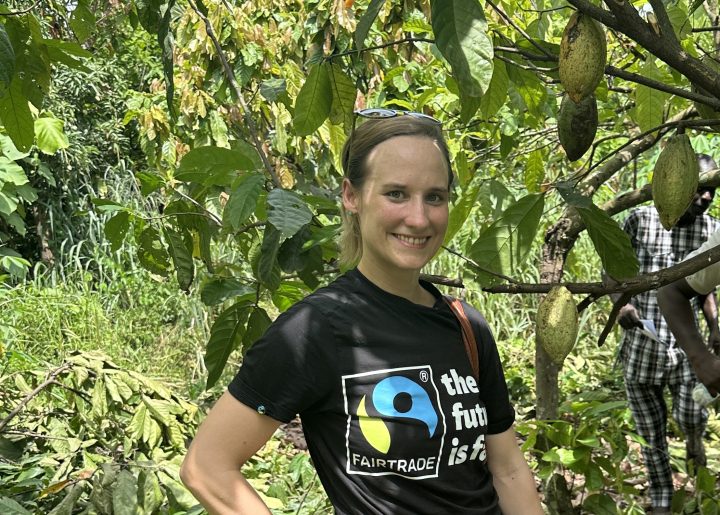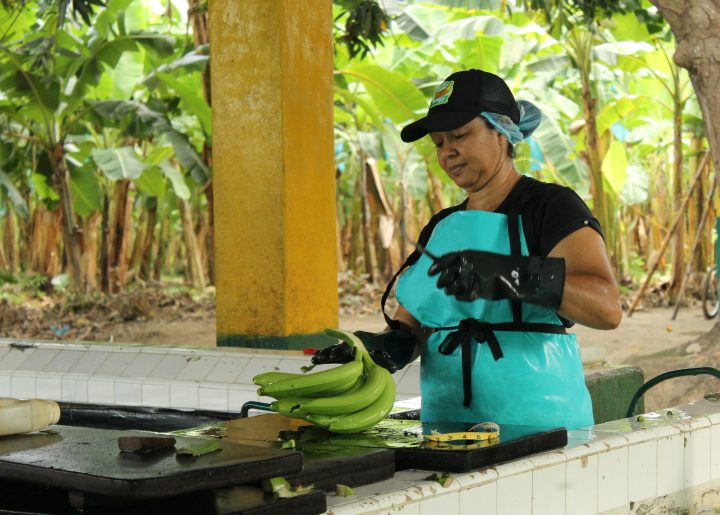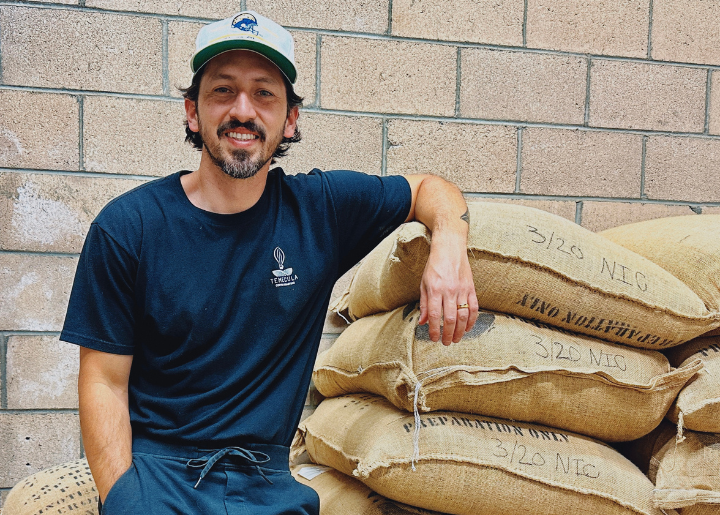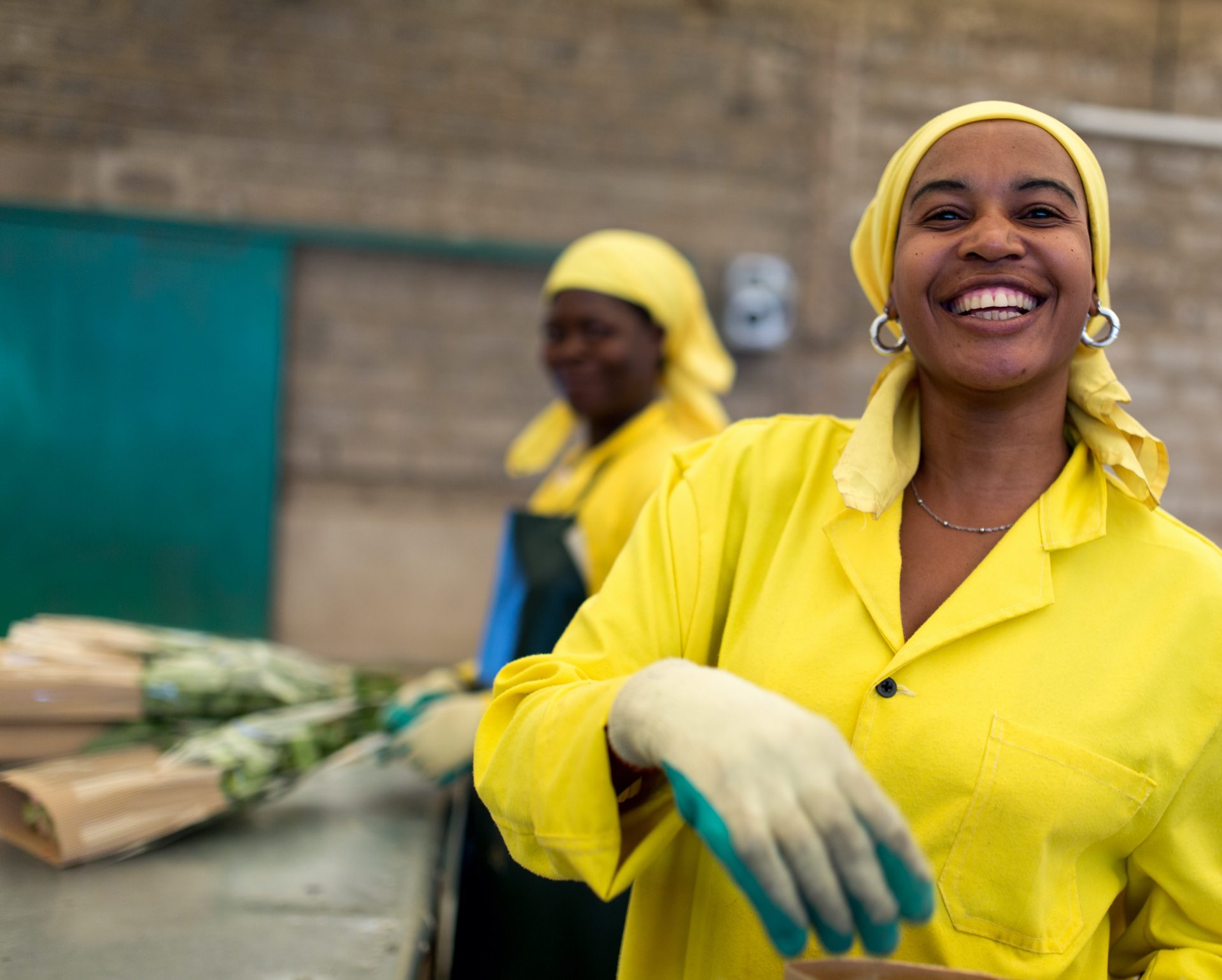Child Labor 101
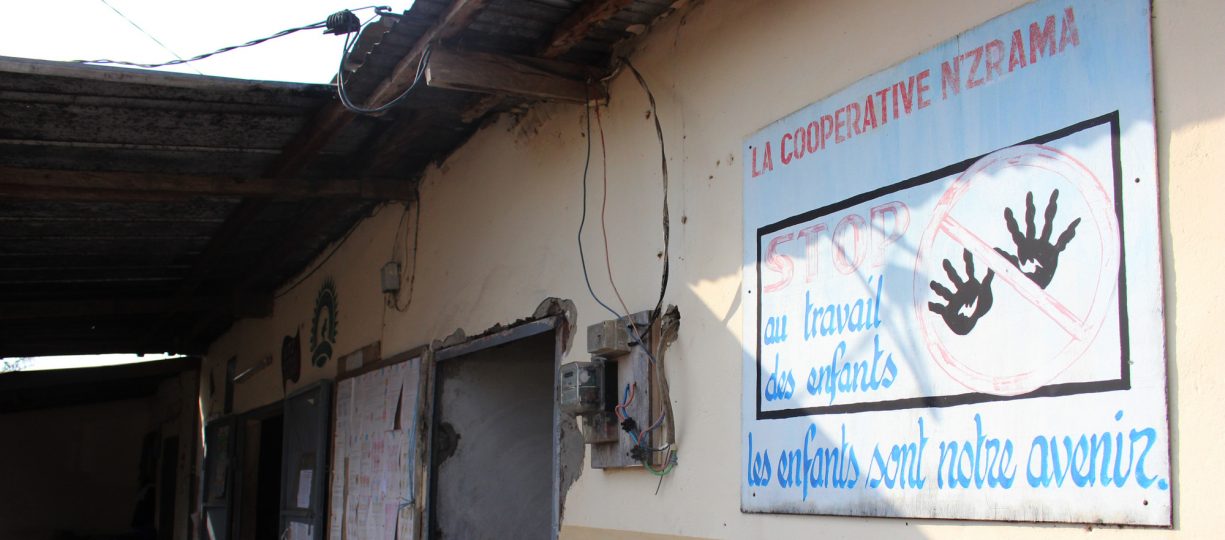
Fairtrade plays an important role in preventing child labor by setting standards and advocating for producers’ rights. In addition, we believe one of the most effective ways to prevent this issue is through education and awareness.
That’s why we’re here to answer your lingering questions and set the record straight about child labor.
What is child labor?
The International Labour Organization defines child labor as a situation in which a child is forced to do work that is harmful to their physical and mental health. This form of work interferes with their schooling and often involves being placed in hazardous conditions. Child labor can even lead to children being enslaved or separated from their families.
I make my kid do chores, or I did chores as a child. Is that child labor?
Washing the dishes or taking out the trash is not necessarily child labor. In fact, doing chores after school to earn a little pocket money or helping out with the family business during the holidays can help kids develop new skills and take on more responsibility. Chores are fine as long as they do not prevent a child from attending school and/or put them in dangerous working conditions.
Don’t we ban child labor in the US?
Technically, yes. According to the Tariff Act of 1930, forced or indentured labor – including child labor – is prohibited. However, we are still importing products from all over the world that come from unjust supply chains in which children work.
I don’t think I buy anything that’s made by children…
Chances are, you probably have. For example, do you own any clothing or textiles with sequins or embellished beads? If so, it’s highly likely they were sewn on by children. Very young kids in countries like India are forced to work long hours hand-sewing embellishments on clothing. Expensive machines are replaced by underpaid children, as their smaller hands are better fit for this kind of detailing. Without systems in place to improve transparency, companies are often in the dark about where their own products are coming from due to long and complicated supply chains.
I watched “Rotten” on Netflix and heard that there is a lot of child labor on cocoa farms. Is this true?
Unfortunately, yes. More than 2 million children are involved in child labor within the cocoa industry, which produces chocolate. This number is anticipated to be even higher, as cocoa farmers in West Africa Fairtrade are facing increased poverty due to the COVID-19 pandemic.
Why is child labor still happening after all these years?
There are so many contributing factors, but poverty plays a huge part in the existence of child labor. Farmers and producers who can’t earn a decent income from their crops are forced to find the cheapest labor to make ends meet. It also doesn’t help that we as consumers still look for the cheapest possible goods to buy, such as a $2 t-shirt or budget chocolate bars. Cheap goods exist because something is cut from the costs of the supply chain. All too often, this happens at the very beginning, and farmers and workers are earning less. The less producers earn, the more likely children are at risk.
How can I help prevent child labor?
In addition to holding companies accountable and demanding more transparency, you can help prevent child labor by supporting Fairtrade. When you buy products with the blue and green Fairtrade Mark, you’re advocating for more ethical supply chains where farmers and workers can get a fair deal. When you buy Fairtrade, you’re helping prevent the abuse and exploitation of children around the world.
What are the Fairtrade rules on child labor?
The Fairtrade Standards state that children:
- Below the age of 15 are not to be employed by Fairtrade producer organizations.
- Below the age of 18 cannot undertake work that jeopardizes their education or development.
- Are only allowed to help on family farms under strict conditions. The work must be age-appropriate and be done outside of school hours or during holidays.
- In regions with a high likelihood of child labor, small producer organizations are encouraged to include a mitigation and elimination plan.
- If an organization has identified child labor as a risk, the organization must implement policies and procedures to prevent children from being employed.
Does Fairtrade guarantee that no child labor is used in a product labeled with the Fairtrade Mark?
Because cases of child labor are so hard to track, we cannot 100% guarantee the absence of child labor in the making of certified products. However, if we find breaches to our child labor requirements as indicated in the Fairtrade Standards, we take immediate action to protect the impacted child or children. Failure to follow these standards can lead to suspension and then decertification of the producer organization if not addressed.
What support does Fairtrade offer to producer organizations to address child labor?
We recognize our standards and auditing alone won’t eradicate child labor.
As Fairtrade International’s Senior Advisor Social Compliance and Development recently shared, “We believe the key to tackling the root causes of child labour, poverty, discrimination and other human rights abuses is a ground-up approach where Fairtrade-certified producers, communities, and youth, in particular, take the lead on developing goals and strategies through dialogue and engagement with each other.”
Here are some ways we are empowering communities to take action:
- Supporting Fairtrade producer communities to establish a youth-inclusive, community-based monitoring and remediation system on child labor, in partnership with child rights NGOs
- Focus groups with young people in Fairtrade communities to find out about their education, work, future aspirations and the impact of Fairtrade on their lives.
- Working with governments, child rights experts and NGOs to share our approach and receive their feedback.
- Connecting companies with producers, to invest directly in tackling child labor in the communities from which they purchase Fairtrade commodities. The voluntary best practice section of Fairtrade’s Trader Standard also encourages this.
- Aligning our policies and processes with the United Nations Guiding Principles on Business Human Rights
What can I do?
Learn more about how Fairtrade is working to prevent child labor.
Share this article on social media and tag @FairtradeMarkUS.
Look for the Fairtrade logo when you shop.
Topics
We’re in this together
Fairtrade America partners with brands on the journey to certification and beyond. We can help with everything from finding a certified supply chain to marketing your newly certified product.
Get in Touch
